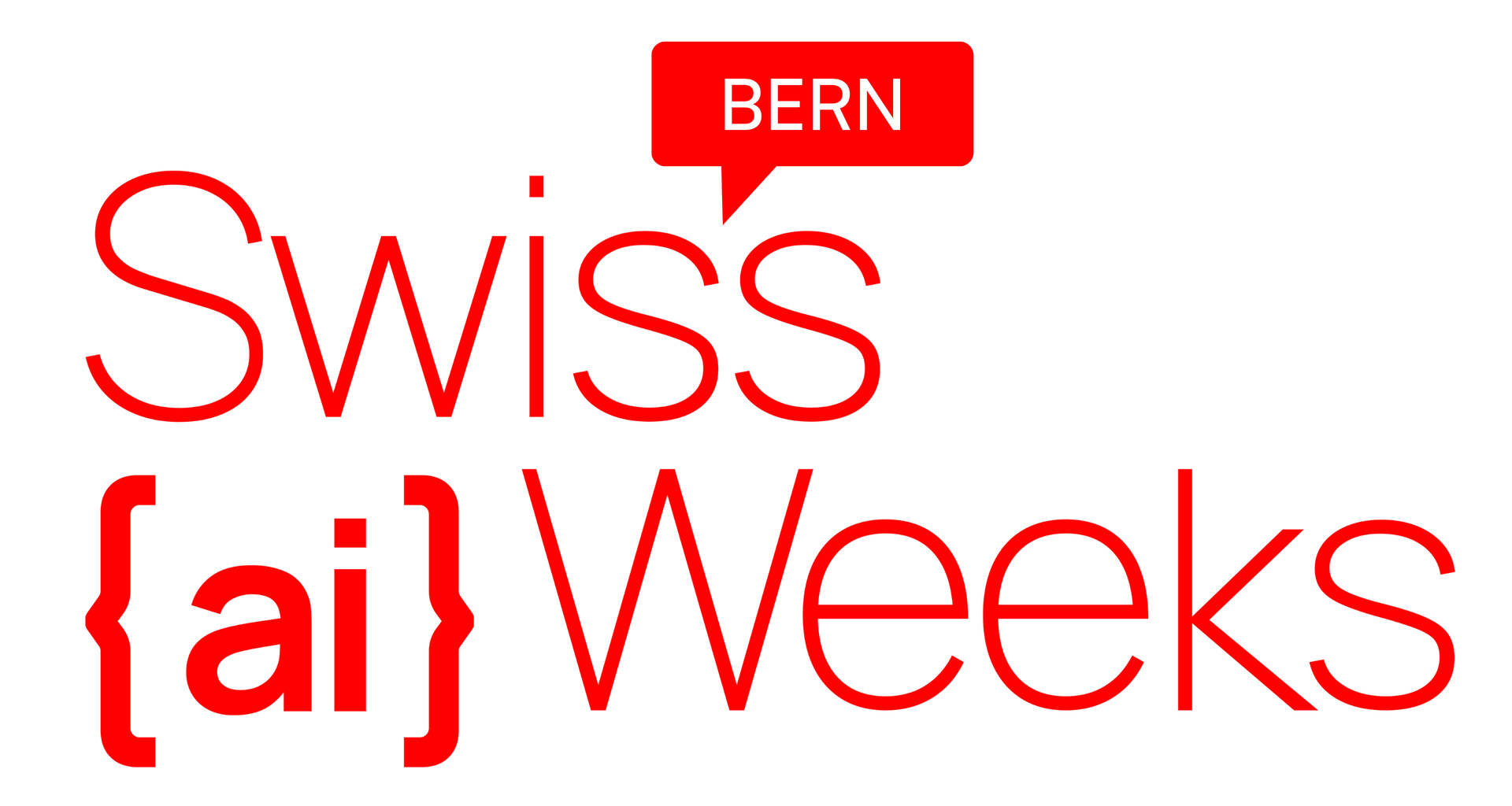The project Documentation Evaluation (5/5): Exceptional The document is comprehensive and well-structured, setting clear objectives, and foregrounding the use-cases and the tools available. It's great that TextCortex is explained as an optional resource, demonstrating good design thinking for flexibility in approach.
Technical Functionality (3/5): Good While the project clearly lays out an ambitious goal to translate text-based governance rules into machine-readable formats (YAML/Frontmatter) and automate transformation into business artifacts like PDFs and slides, it remains an idea. There are some implementation evidences, but it wasn't fully implemented during this challenge. However, this score could improve in iteration if a proof-of-concept or prototype is delivered—and such progression shows the potential for excellent marks.
User Experience (3/5): Good The concept is user-centric, focusing on making governance "sichtbar, überprüfbar und direkt nutzbar" for both technical and non-technical stakeholders. However, without a functional prototype, the UX can't be fully judged. If the prototype were available, the mark could go up based on its usability and design simplicity.
Skillful use of AI (2/5): Fair The project names AI (TextCortex) as an optional resource for text processing, but the primary innovation is the transformation of governance into machine-readable formats. There's potential for more integration of AI for automation, determining logic, or natural language processing for more abstract ideas. However, without specific implementation, the score reflects that AI's applications are narrowly described.
Uniqueness / Creativity / Fun Factor (4/5): Excellent It's a novel idea to bring visibility and automation into governance, which is both practical and timely. While it's not likely to 'go viral', it's very creative and shows original thought, especially in showing the close relationship between technical and business processes.
Potential / Market Impact (4/5): Excellent The project aims to address a widespread issue: the disconnect between written rules (e.g., as text documents) and their automated application or monitorability. If successfully implemented, it could indeed have a high market impact due to its broad applicability across sectors. It addresses both a current need and likely future trends in digitizing governance processes.
Suggestions for Improvement:
- Build a functional prototype: The project would greatly benefit from a working example of its core concept, illustrating at least a small part of the outlined system.
- Demonstrate the user interface: Even a few screens of a planned UI could enhance the user experience score dramatically.
- Incorporate AI/AI Systems to automate human-software interactions: Complement the existing strategy with specific examples or designs where AI helps translate or advise within the guardrails process, aligning better with the "Guardrails as Code" theme and the optional use of TextCortex or similar tools.
Summary: The project scores well in uniqueness and potentially notable market impact, but falls short on demonstrated technical functionality. It has great promise but requires further development to truly showcase its range.
Overall, with a focus on iterating to a prototype, this team has the foundation for a significant achievement. It's win in conception, now time for execution.
Justification:
- Concept and documentation are well-evaluated based on provided details (5).
- Technical achievement (3) acknowledges ambition but points out limitations on current implementation.
- A creative and market-relevant idea (4 in both categories), but user experience is not fully realized yet (due to lack of UI and actionable technology), so 3 is fair.
- AI use is talked about but not explicitly shown (2, as it's an option), thus not given full credit.
- Potential (4) is high due to relevance and uniqueness; it wouldn't only start a trend but enable writing codes for things like mix networks or services needing guardrails, an area where current options often lag.
This evaluation is optimistic but constructive, highlighting both the potential and the need for further development within the given timeframe and resources of the hackathon.
#Score: 3 + 3 + 2 + 4 + 4 = 16
Overall score: 3.2 on a scale of 5
Note: General opennes to scaling up these marks with further iterative work.
This evaluation is based on the provided project documentation alone. In practice, real scores should consider demos or midpoint evaluations added to refine these estimations.
🅰️ℹ️ generated with APERTUS-70B-INSTRUCT

We had three business-interested and two IT experts, trying to clarify the use case. Planning to develop an e-learning module on developing guardrails for a multimodal system. I'd suggest to create a screencast inspired by the TextCortex YouTube channel to explain LLM Guardrails (OpenAI) on a general level. This will help to interest developers in implementing a solution. But I would really also like to see the product in action from a user perspective in this project first.